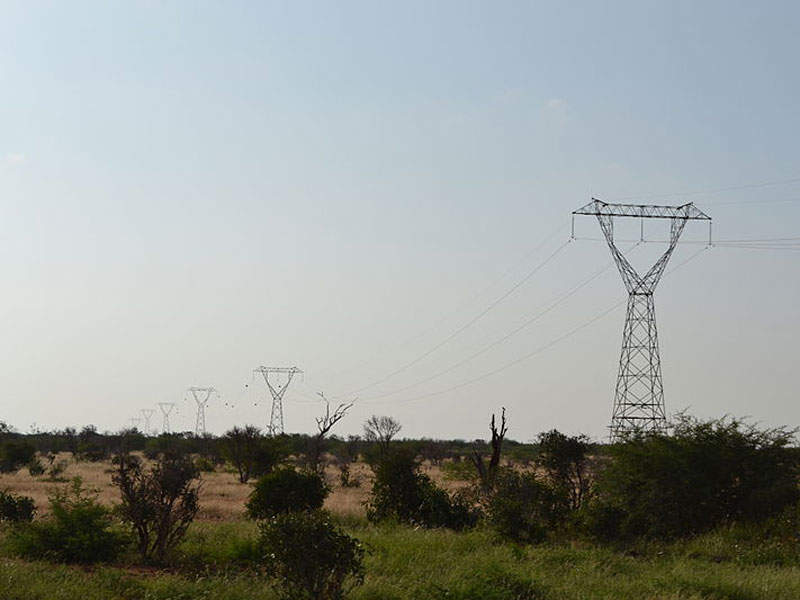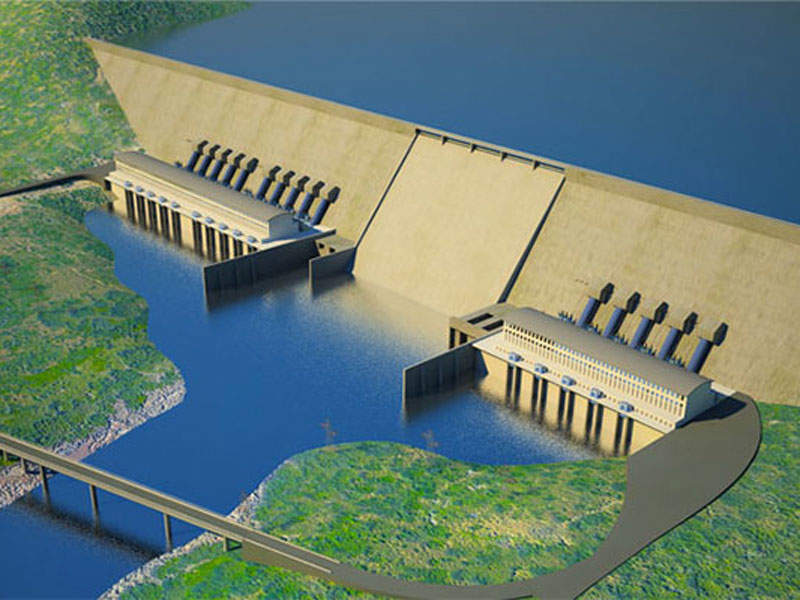The Kenya-Ethiopia Electricity Highway Project, also known as the Eastern Electricity Highway Project, involves the construction of a 1,068km-long power transmission line from Ethiopia to Kenya, incorporating two AC/DC converter stations at both ends.
The project was first conceptualised in October 1982 by Ethiopian Electric Light and Power Authority (EELPA, now EEPCO) as part of the Power Planning Study. EEPCO signed a memorandum of understanding (MoU) with Kenya Electricity Transmission Company (KETRACO) in 2006 for the joint development of the project.
The environmental and social impact assessment (ESIA) report was approved in 2012, the construction works commenced in June 2016, and the transmission line is anticipated to be operational in 2018.
Kenya-Ethiopia Electricity Highway purpose and benefits
The project is being developed to harness Ethiopia’s hydropower potential, which is expected to reach an installed capacity of 11,000MW by the end of 2016, and help offset the power deficit primarily in Kenya as well as five other East African nations.
The project is expected to serve approximately 870,000 Kenyan households by 2018 and 1.4 million households by 2022.
The construction phase of the project will generate approximately 4,000 jobs (1,600 in Ethiopia and 2,400 in Kenya), while 125 jobs (55 in Ethiopia and 70 in Kenya) are expected to be generated for operations and maintenance of the line.
Eastern Electricity Highway Project route and construction details
The transmission line will stretch 437km in Ethiopia and 631km in Kenya. Starting from the Wolayta-Sodo substation, it will traverse Arba Minch, Konso, Brindar, Yabello and Mega in Ethiopia. It will traverse Marsabit, Samburu, Isolo, Laikipia, Nyandarua, Nakuru, west of Seradupi, Wamba, Rumurutuli, Gilgil, east of Naivasha and culminate at Suswa substation in Kenya.
The substation in Ethiopia will be constructed approximately 5km north-west of the town of Sodo and cover an area of approximately 200,000m².
The bi-directional 500kV HVDC transmission line will be capable of transferring 2,000MW of electricity.
The overhead transmission lines will be supported by approximately 38m-high and 15m-wide steel towers, which will further be laid on 4m-deep reinforced concrete foundations. The width of the line corridor will range between 50m and 60m.
The project will also involve the construction of access routes along the stretches of the corridor where there is no direct access to public roads. The access routes, measuring approximately 5m wide, are intended to be used during repair and maintenance of the transmission facilities.
Key players involved
China Electric Power Equipment and Technology (CET) has been contracted for the construction of the transmission line, whereas Siemens Transmission & Distribution will construct the Suswa substation.
CESI Middle East is providing technical consultancy services for the project. The ESIA studies and the resettlement action plan studies for the project were jointly performed by Tropics Consulting Engineers (Ethiopia) and Gamma Systems (Kenya).
Financing details
The overall investment in the project is estimated to be $1.26bn. The World Bank is providing a loan of $684m, while the African Development Bank and French Development Agency are providing $338m and $118m, respectively.
The Government of Ethiopia and Government of Kenya are funding $32m and $88m, respectively.






